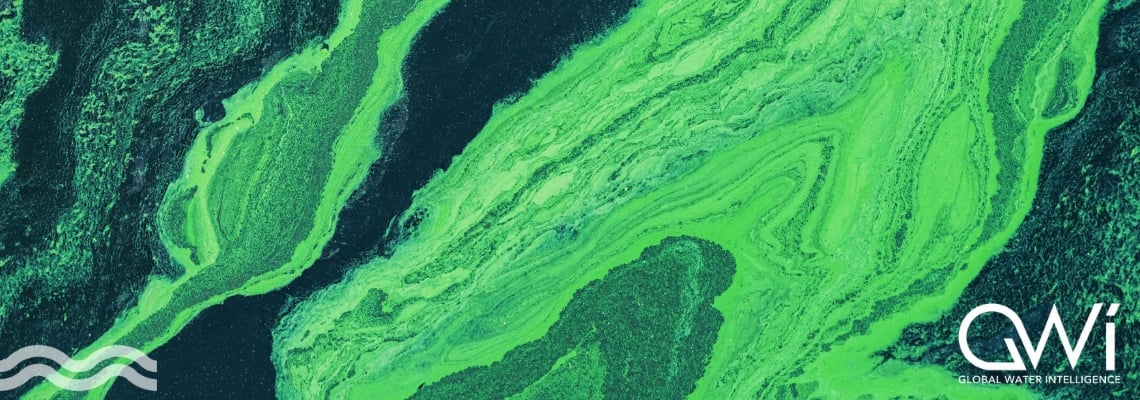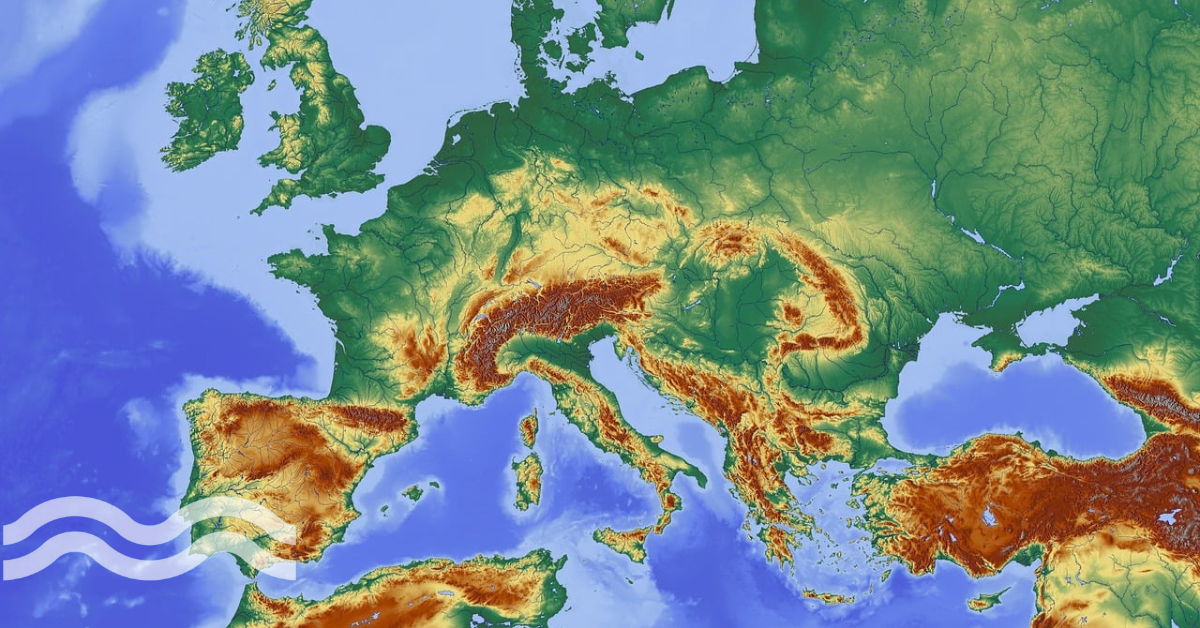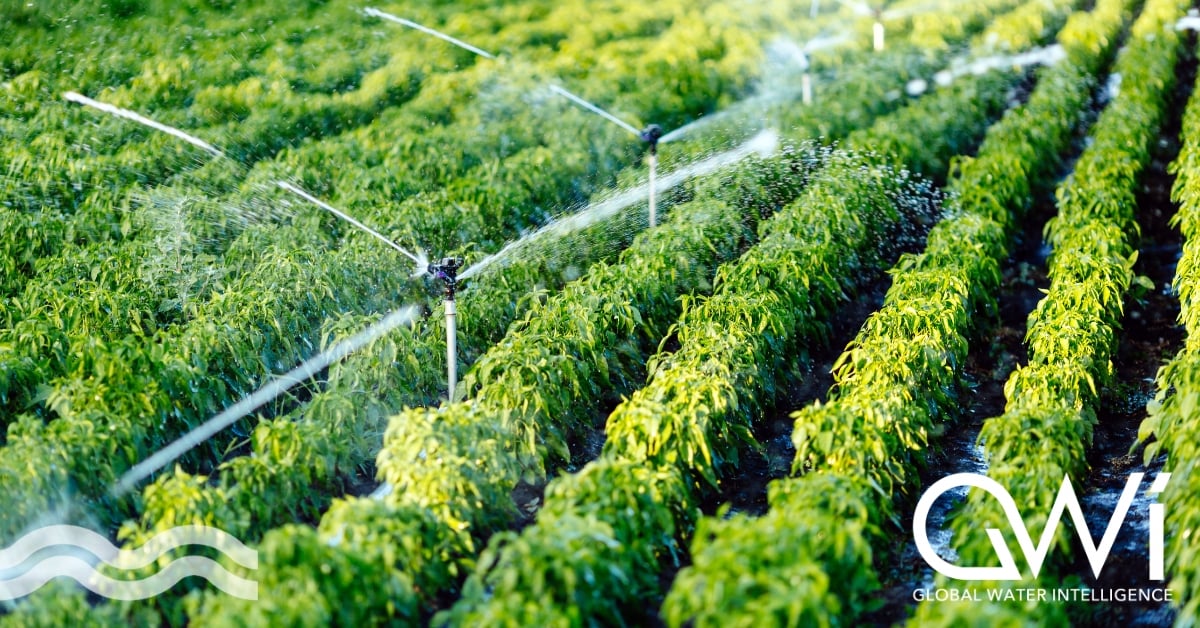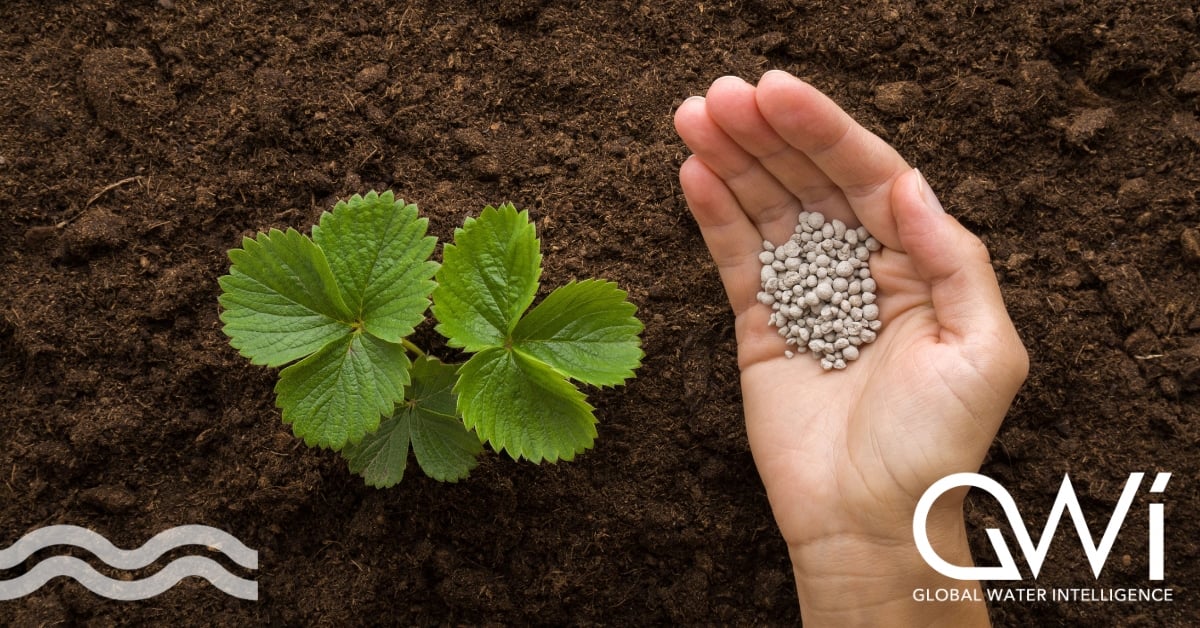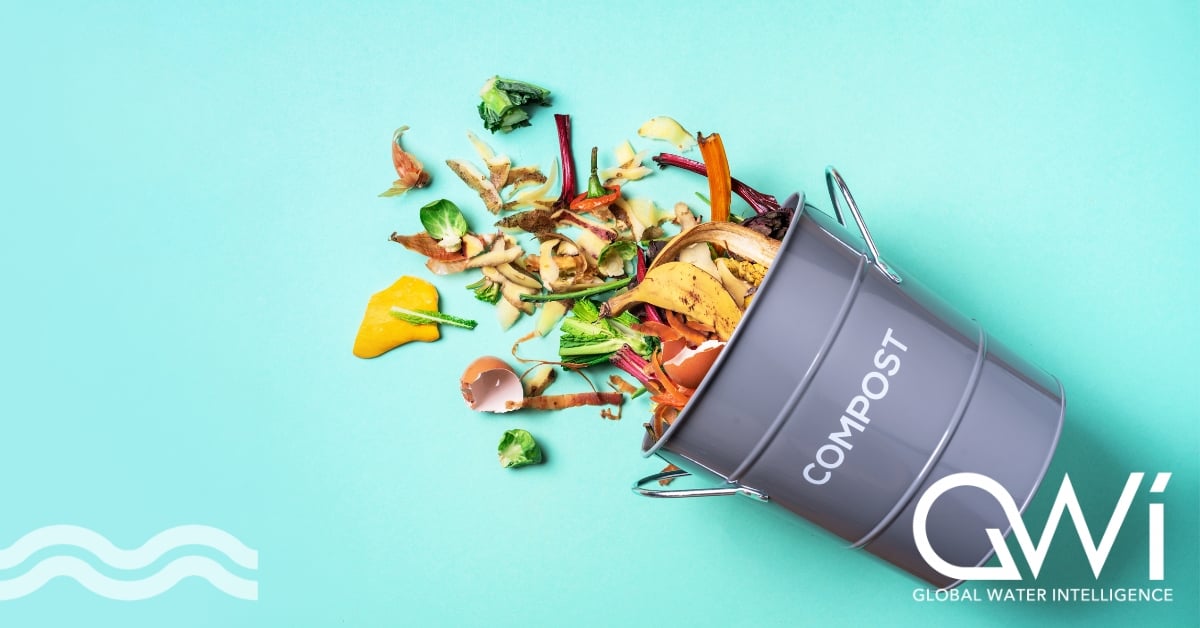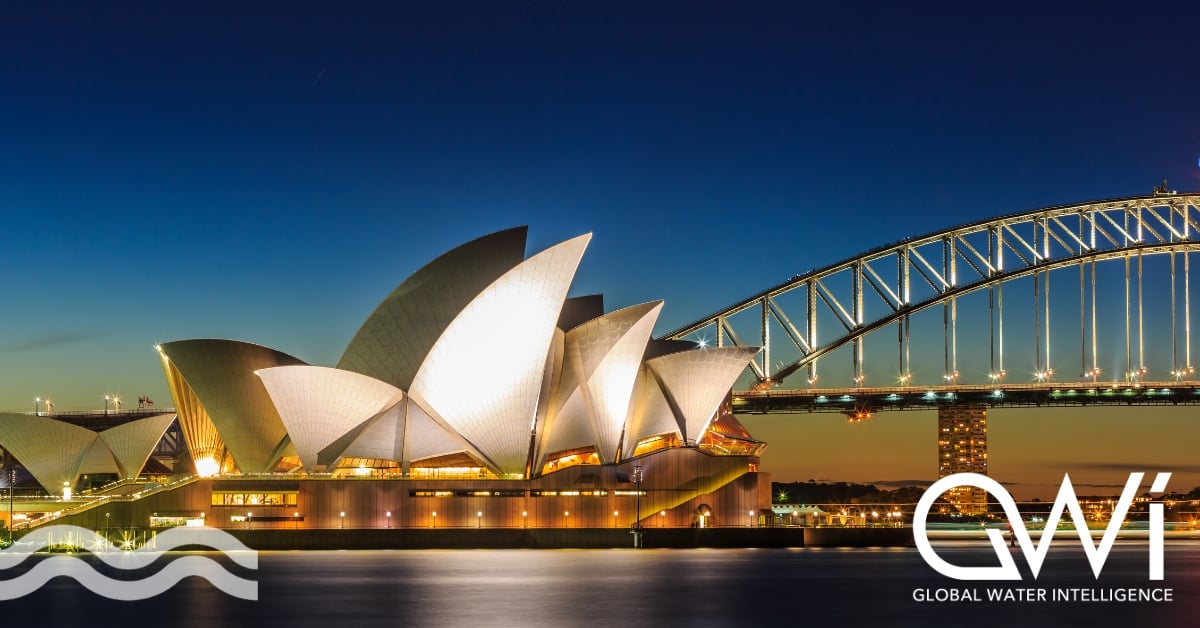Villain to value: algal wastewater treatment
The surging concern surrounding toxic algal blooms has brought algae to the fore, gripping the attention of the media, regulators, and water managers globally. However, could the industry also harness its benefits? Here GWI delves into the algal wastewater treatment market, exploring how it aligns with sustainable and circular principles.
Assessing algae
The rising alarm over toxic algal blooms has put algae in the limelight, drawing increased attention from the media, regulators and water managers around the world. These blooms are caused by a process called eutrophication, which creates dead zones within which a water body is so depleted of oxygen that aquatic life struggles to survive.
Without human influence, eutrophication is a slow and natural process that can take thousands of years to occur. However, many of these dead zones are created by a human-induced imbalance of nitrogen and phosphorus, often due to fertiliser run-off.
Yet not all algae growth is bad news. In fact, algae are one of the primary tools that a water body has to self-regulate its water quality. Algae are photosynthetic organisms, which means they use sunlight to convert carbon dioxide and water into oxygen and organic matter. When their growth is kept in check, this process not only re-oxygenates the water, but also reduces nutrient levels as they are metabolised by the organisms. Algal wastewater treatment takes advantage of this natural process.
What is algal wastewater treatment?
Algal wastewater treatment technologies fit into the circular economy in four ways: making water reuse more accessible, reducing consumption of raw materials, sequestering carbon and providing a multitude of recoverable resources. Various types of technologies are available on the market which can be broken down into three general categories: raceway ponds, photobioreactors, and rotating biofilm reactors.
The raceway pond is one of the most mature and simple forms of algal wastewater treatment. It consists of open, narrow, shallow pools in a closed loop system, with paddle wheels to encourage water movement. Photobioreactors (also known as PBRs) grow algae biomass in closed containers or vessels meaning that the environment (e.g. light exposure) can be controlled to optimise algae growth.
A rotating algal biofilm reactor is usually an open container within a greenhouse, where algae is cultivated on a biofilm on a rotating vessel, such as a vertical belt or a wheel. The rotating motion pulls the biofilm out of the water to increase light exposure and thereby algae productivity. Each technology can potentially be used in various points in the wastewater treatment process including secondary, tertiary and sidestream treatment, but the market for tertiary treatment is most saturated.
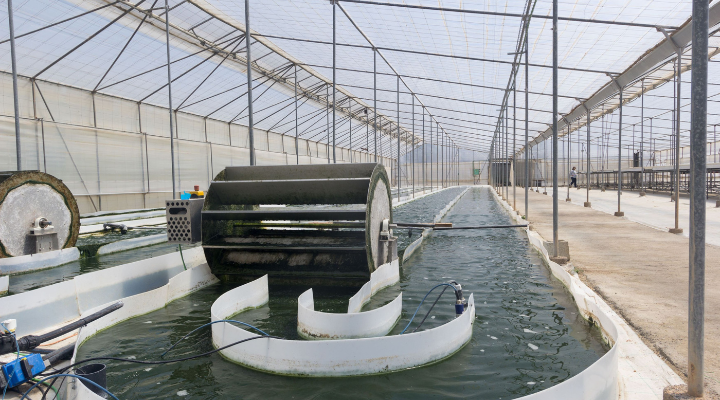
Making non-potable water reuse more accessible
Algal wastewater treatment primarily creates an opportunity for low-cost wastewater treatment, improving access to safely managed sanitation, but recently non-potable water reuse is becoming a key driver as the threat of water scarcity becomes a reality. In industrial applications of algal wastewater treatment, a shift from discharge to reuse, usually for use in cooling systems, has been noted as a driver.
While algal treatment technically has some capability for natural UV disinfection, additional technologies would be required to reach regulatory standards for potable or other high-quality reuse applications.
OneWater, with its AlgaeWheel (a rotating algal biofilm technology cultivating the algae on a rotating wheel) is the global market leader for algal secondary wastewater treatment, with 25 installations and limited competitors in the secondary wastewater treatment space. While sanitation is a key driver for its installations, it is also capitalising on the value of water reuse.
Its recent installation of 1000m3 (set to be expanded to 2000m3) in Egypt was driven by a combination of needs for sanitation and reuse for irrigation and to maintain levels of the Nile River. Various installations by the company in Mexico and future installations in Spain and Saudi Arabia are also focused on non-potable reuse, including irrigation or toilet flushing applications.
Reducing dependence on raw materials
Using algal wastewater treatment can reduce a treatment plant’s consumption of chemicals or energy. For secondary wastewater treatment, algal technologies are highly appealing as they eliminate the need for aeration, which is one of the most energy-intensive aspects of the process.
According to GWI research, utility water and wastewater infrastructure consume 3-7 per cent of the world’s electricity, with aeration systems accounting for 60-70 per cent of energy consumed by wastewater treatment plants. As algal wastewater treatment takes advantage of photosynthesis, it naturally oxygenates the wastewater stream, serving as an alternative to aeration. This becomes especially advantageous in the global push for decarbonisation, and it enables the possibility of off-grid sites due to their minimal energy requirements. For example, OneWater is already in the advanced stages of designing four completely off-grid systems.
Conventional methods for tertiary treatment are heavily dependent on chemicals such as ferric chloride or ferric sulphate. These metal salts not only contribute to a plant’s carbon footprint but make its operations vulnerable to supply chain issues, and can discharge iron into water bodies. However, algal technologies are attractive as they require less energy and are chemical-free - reducing the plant’s carbon footprint, operational costs and complexity.
Nutrient management is a growing global focus, with smaller agglomerations coming under regulatory pressure for the first time. In the European Union, a proposal to revise the Wastewater Framework Directive was published in October 2022 to increase the regulatory scope from plants with a population equivalent (p.e.) of 2000 down to 1000 p.e., driving the need for simple and low-cost nutrient management.
The protection of environmentally sensitive areas is also creating a market opportunity as nutrient management, to prevent downstream eutrophication, is paramount to protect unique and precious ecosystems. Macroalgal raceway provider Pacific Bio is seizing this opportunity with three ongoing projects of its RegenAqua technology in Australia’s Great Barrier Reef catchment.
Simultaneous carbon sequestration
Another benefit of algal photosynthesis is the consumption of carbon from the atmosphere, essentially acting as a form of direct air capture. The algal biomass can be harvested from the treatment system with the carbon sequestered and stored within the biomass. This biomass can then be valorised into resources. Due to this ability, algal wastewater treatment could potentially play in the carbon credit market creating a new revenue stream.
While most market players see the future value in the carbon credit market, it is not something they are monetising yet, as the market as a whole is still in early stages of development. OneWater is set to be one of the early entrants to this market, with a future project planned to generate carbon credits.
The volumes of carbon sequestered can be significant, with UK tertiary treatment provider I-PHYC claiming that its solution can take in 1.84 kg of CO2 per 1 kg of algae generated – meaning that on a 1,000 p.e site, it could lock away 17 tonnes of CO2/year.
The synergy of algal wastewater treatment technologies being able to effectively reduction nutrient pollution and carbon emissions is becoming increasingly attractive, aligning with evolving utility priorities. This is demonstrated by the ongoing pilot of Gross-Wen Technologies’ revolving algal biofilm (RAB) technology in Singapore, as one of the winners of the national utility PUB’s Carbon Zero Grand Challenge Competition. The company’s technology cultivates the algae on a revolving vertical belt, maximising height and minimising the footprint required for the system.
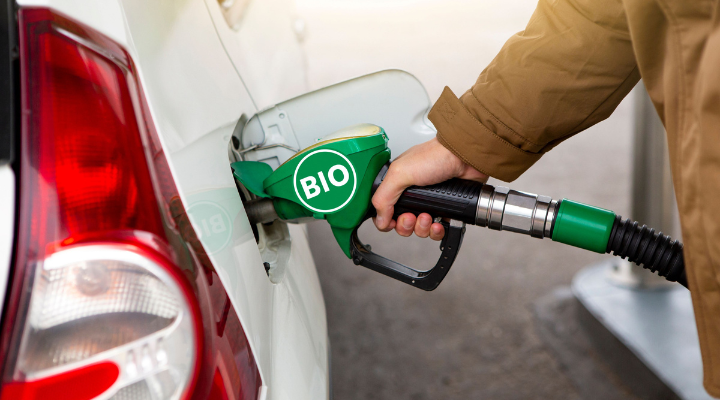
Creating valuable products from wastewater algae
The algal biomass used for wastewater treatment must be harvested, creating opportunities for it to be valorised into a resource. While most operational algal wastewater treatment sites either digest, land apply, or at a last resort landfill their harvested algal biomass, some leading innovators in the field already have recovered algal products on the market.
Gross-Wen Technologies converts the algal biomass from its clients into a pelletised fertiliser. The company has an agreement with its client to buy back the biomass, which centralises the production of the fertiliser and converts a disposal cost into a revenue stream. Like typical sewage sludge biosolids, algal biomass from wastewater treatment has a high nutrient content but with the added benefit of carbon sequestration. Other products using wastewater algal biomass which are already on the market include bioplastics, inks and dyes. American tertiary treatment specialist CLEARAS has partnerships with both BLOOM and Living Ink to commercialise its algae-based plastic, foam and ink products.
Other algae-based commodities are still in the research and development phase. A promising area of focus is biofuels, particularly sustainable aviation fuel (SAF), which has a high demand and requires large quantities. Although the carbon sequestered in biofuels is ultimately released back into the atmosphere during combustion, the biofuel could still be regarded as carbon neutral. This is because the CO2 released was originally absorbed from the atmosphere during the growth phase of the algae, resulting in a net zero impact.
However, non-wastewater-cultivated algae may be better suited for this market. Here research is underway to develop algae strains specifically optimised for biofuel production, aiming to increase the proportion of algae oil to ash. Contrastingly, algal wastewater treatment typically uses strains native to the wastewater feedstock. Additionally, SAF is expected to be in extremely high demand and it is unlikely that algal wastewater treatment alone will be able to produce the high volumes of algae required for the SAF market. However, if the scale and popularity of algal wastewater treatment plants were to increase, this business case could change.
Nevertheless, various American algal wastewater treatment technology companies have received government grants to research algae-based biofuels, including SAF and biocrude. One recent area of interest is the use of hydrothermal liquefaction to create biocrude as this process can use a wet feedstock, eliminating the need to dry the algal biomass.
However, a low-hanging fruit could be a biomethane transport fuel, generated by the anaerobic digestion and further purification of the algal biomass. Aqualia demonstrated the feasibility of the concept with its All-Gas project (2011-2019). Compared to biocrude generation, biomethane production is much simpler and has a lower energy consumption, but biomethane is considered by most market players to be a lower value product.
This article has been produced by our knowledge partner, GWI.
Share your water technology stories with us
Do you have an innovation, research results or an other interesting topic you would like to share with the international water technology industry? The Aquatech website and social media channels are a great platform to showcase your stories!
Please contact our Sr Brand Marketing Manager Annelie Koomen.
Are you an Aquatech exhibitor?
Make sure you add your latest press releases to your Company Profile in the Exhibitor Portal for free exposure.
We promise never to send you spam and you can unsubscribe at any time!
